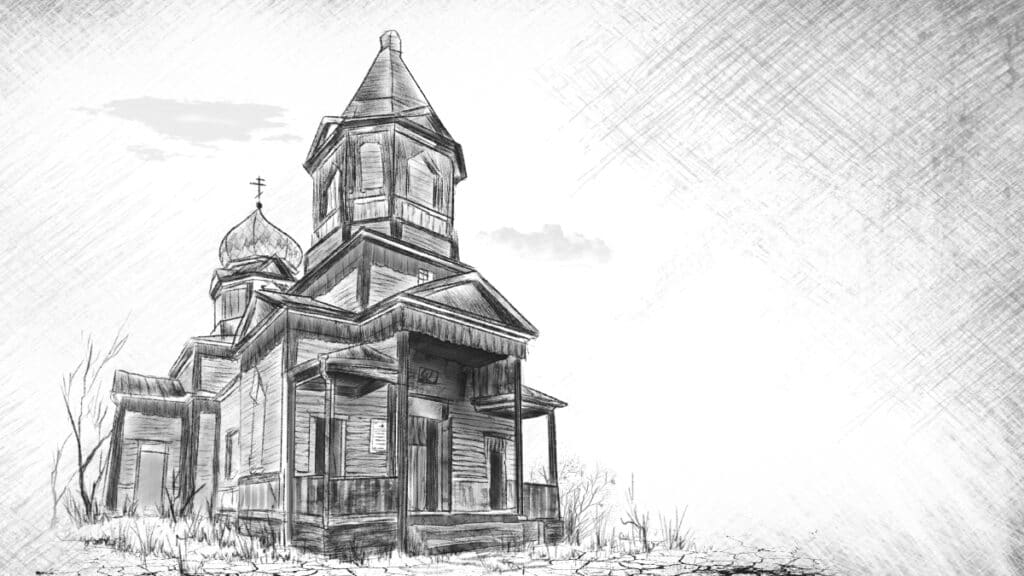
Learning to cooperate: recently, employees of the Chernobyl Reserve visited Belarus colleagues from the Polessky State Radiation and Ecological Reserve on a working visit.
During the visit, representatives of environmental institutions familiarized themselves with information on scientific research in their territories.
They exchanged experience in the restoration of the territories affected by the Chernobyl accident, and also agreed on the need to develop close cooperation to conduct and coordinate joint activities in order to further improve the management of protected and radiation-contaminated territories.
A working meeting was also held with the scientific divisions of the two reserves, as a result of which an agreement was reached on the exchange of information on species of animals and plants listed in conservation registers.
Critical events were coordinated, further cooperation in the study of rare species of flora and fauna was outlined.
Along with this, the Ukrainian and Belarusian sides worked out issues of cooperation on labor protection, prevention and elimination of consequences of emergencies, as well as cross-border cooperation. Particular attention was paid to attracting international technical assistance for the implementation of joint Belarusian-Ukrainian projects.
Wolf skull is a find in the reserve
An interesting, albeit sad story happened with a wolf whose skull was recently discovered by scientists in the Chernobyl radiation-ecological biosphere reserve. And it began a long time ago, back in 2016, but not in Ukraine, but on the territory of neighboring Belarus.
For many animals, including wolves, which can travel tens of kilometers in a day, state borders are not a hindrance. Especially when there are no physical barriers in the form of a protection or control system. Since predators move along understandable only for them and convenient routes along the territory of both countries, there is often a need for cooperation between scientists on both sides of the border in the process of some scientific research. Scientific solidarity worked this time too.
In 2016, a group of American scientists from the University of Georgia tagged with special collars with satellite transmitters of six wolves on the territory of the Polessky Radiation and Ecological Reserve.
Collars were programmed to automatically shut off in August 2017. At the end of the experiment, Belarusian scientists had to use the CPS-navigator to find the marked animals, remove their collars from them and transmit all the collected information to the USA. Basically, it was about the accumulated dose of radiation.
However, a lone wolf with the provisional number “757” almost immediately moved to the territory of the Ukrainian part of the exclusion zone and settled in the area of the village of Ilyintsi. In February 2017, Belarusian colleagues asked Ukrainian scientists to track the movement of this predator, which, as it turned out, remained lonely in the future, without going beyond Ukrainian borders.
Already in April, the wolf has began to lie in one place for a long time (its movement was “drawn” by a special computer program that read data from the collar), and then completely stopped. A computer program indicated that he was dead. Scientists then found and photographed the body of the animal.
An autopsy was performed and tissue samples were taken for further research in the laboratories of the Kiev Zoo. The deformation of the dentition attracted attention – part of the teeth between the fangs and molars was worn out. In general, everything looked like premature death. There were no signs of external influences or injuries.
It happens … But the collar remained intact: it was handed over to Belarusian colleagues. More than two years have passed. The final of the story: from the place of the wolf’s death, its skull was taken away, and now, it will be cleaned and transferred to the storage of the scientific department of the Chernobyl radiation-ecological reserve.